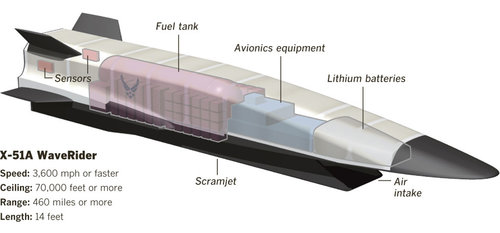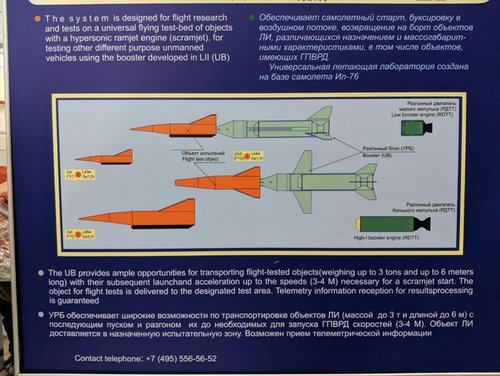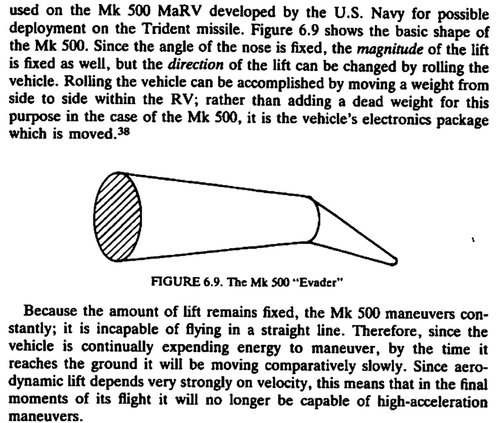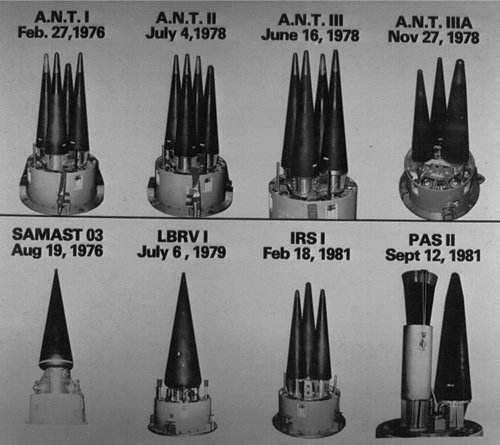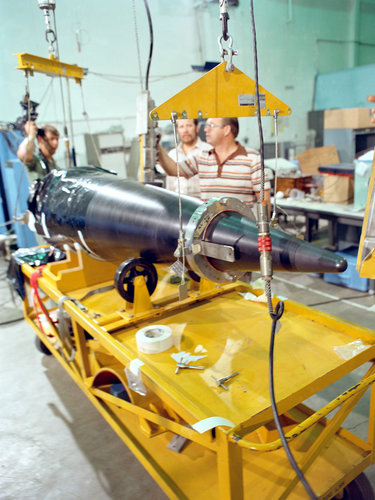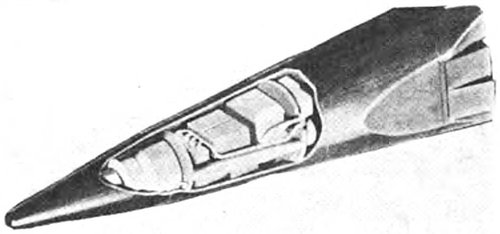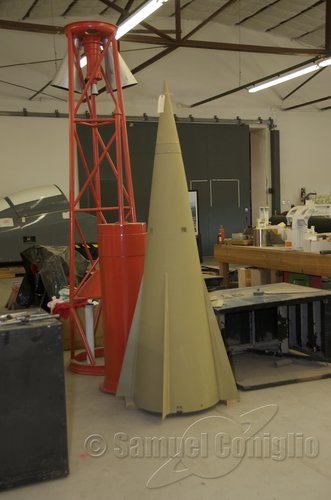panzerfeist1
ACCESS: Secret
Russia and China have not yet matched even the X-43 achievements at this stage. And that too is getting to almost a decade into the past in age.
“Developed by the NPO Mashinostroyenia Corporation and furnished with a solid propellant scramjet engine, Avangard has a claimed engagement speed of Mach 27 (32,202.36 kph). The HGV can reportedly be integrated as a multiple independently targetable re-entry vehicle (MIRV) with the Russian Strategic Rocket Forces' (Raketnye voyska strategicheskogo naznacheniya - RVSN) RS-18B/UR-100UTTKh SS-19 Mod 3 'Stiletto', R-36M2, and RS-28 Sarmat intercontinental ballistic missiles (ICBMs).”
Cross Russia off your list.

Russia Shows off its Avangard Hypersonic Nuclear System to US Inspectors | Al Bawaba
Russia's Ministry of Defense said on Tuesday it had shown the country's new Avangard nuclear missile system to US inspectors for the first time, a move
US weapons manufacturer Raytheon and Northrop Grumman are developing a hypersonic missile that can travel at 4,600mph with an engine made by a 3D printer.
The project will utilize Northrop's scramjet engine technology, which uses the vehicle's high speed to forcibly compress incoming air before combustion to enable sustained flight at hypersonic speeds.
Although the group hope to reach speeds of 4,600mph (Mach 5), the top speed could actually be 16,000mph (Mach 24) according to theoretical estimates, reports the Telegraph.
Last edited:

